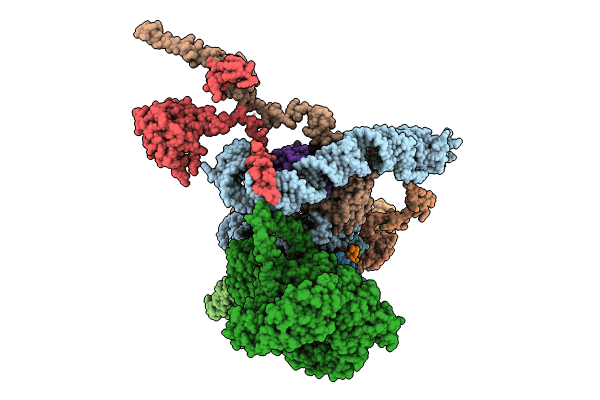
Deposition Date
2024-06-14
Release Date
2024-07-03
Last Version Date
2024-10-02
Method Details:
Experimental Method:
Resolution:
2.69 Å
Aggregation State:
PARTICLE
Reconstruction Method:
SINGLE PARTICLE


